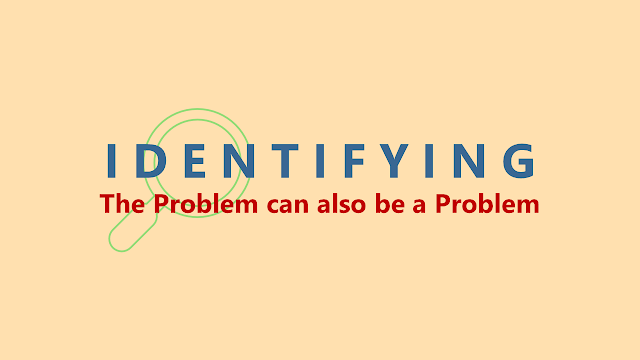Becoming a Self-evolving/ Self-adapting organisation
Most leaders that I have engaged
with have expressed the desire to become this.
The questions that remain largely unanswered for
them are related to the ‘how-tos’.
Here is my attempt to answer these.
In the interest of mutual learning, I welcome your
thoughts on this topic.
The increasing pace of change and uncertainty over
the past few decades has alerted business leaders, across the world, towards an
urgent need to build an agile and adaptable organisation.
This sentiment has only grown with the onset and
spread of the global pandemic, one that has served as a major inflection point
for organisations, who have either had to embrace change or risk becoming
obsolete.
The story of Choluteca Bridge, in Honduras, recently went viral on social media.
It has personified this uncertainty rather well, shedding light on a very important management lesson i.e., build a ‘self-adaptable’ organisation.

Organisations that have succeeded in continuously
delivering on such aspirations, are the ones that have been designed to evolve
continuously, or as I say, become a ‘self-evolving’.
I have observed that most leaders are aligned to
the thought of building self-adapting/ self-evolving organisations.
However, the questions that remain largely
unanswered for them are related to the ‘how-tos’:
- How to identify such situations?
- How to prepare and/or deal with these?
- How to leverage these realisations/ findings for their specific
context?
This is where systematic approaches to innovation
become useful.
Systematic approaches to innovation have many
triggers, tools and techniques that can be leveraged for this purpose.
But it can only flourish and sustain when an enabling
environment is built, one that encourages and nurtures the following traits for
every individual within the organisation/ eco-system:
- Identify and question the status quo/ fundamentals.
- Map and deal with (micro and macro) trends.
- Take-on aspirational goals.
- Explore domains, other than one’s own, for identifying solution
triggers.
- Uncover the ‘unsaid’ from people.
- Experiment, to enhance learning and evolve minimal working
solutions.
- Scale-up, working solutions.
To imbibe such traits, everyone in the
organisation, from the Chairman to the ‘Chai-man’ (butler), needs to have a
common approach that is contextualised for the organisation.
This approach also needs to be synergised between
people, processes, platforms, and principles.
Everyone in the organisation needs to apply these
traits within their own sphere of control, and support areas that are in their
sphere of influence.
Even so, the approach needs to have a common
directional point to act as an anchor, and enough ‘hand-shake’ points for each
one’s aspirations and pursuits to be streamlined. Only then, will one be able
to create a multi-fold impact.
Remember, unexpected situations may arise without
any fore warnings, much like the examples shared earlier. The self-adaptable/self-evolving
organisation may get caught off guard, but it will have built greater
resilience to adapt and evolve from such situations.
I’ve inferred that it typically takes about 2 to 5
years for an established organisation to evolve and adapt to such an approach.
However, the end result of such endeavours are very
rewarding – an organisation that: learns to learn, goes beyond
being built-to-last to become built-to-adapt, and
continues to evolve disproportionately.
While one may not find an organisation that deploys
all the above-mentioned traits, I have gathered these ‘golden nuggets’ from
organisations that have leveraged at least few of these successfully.




